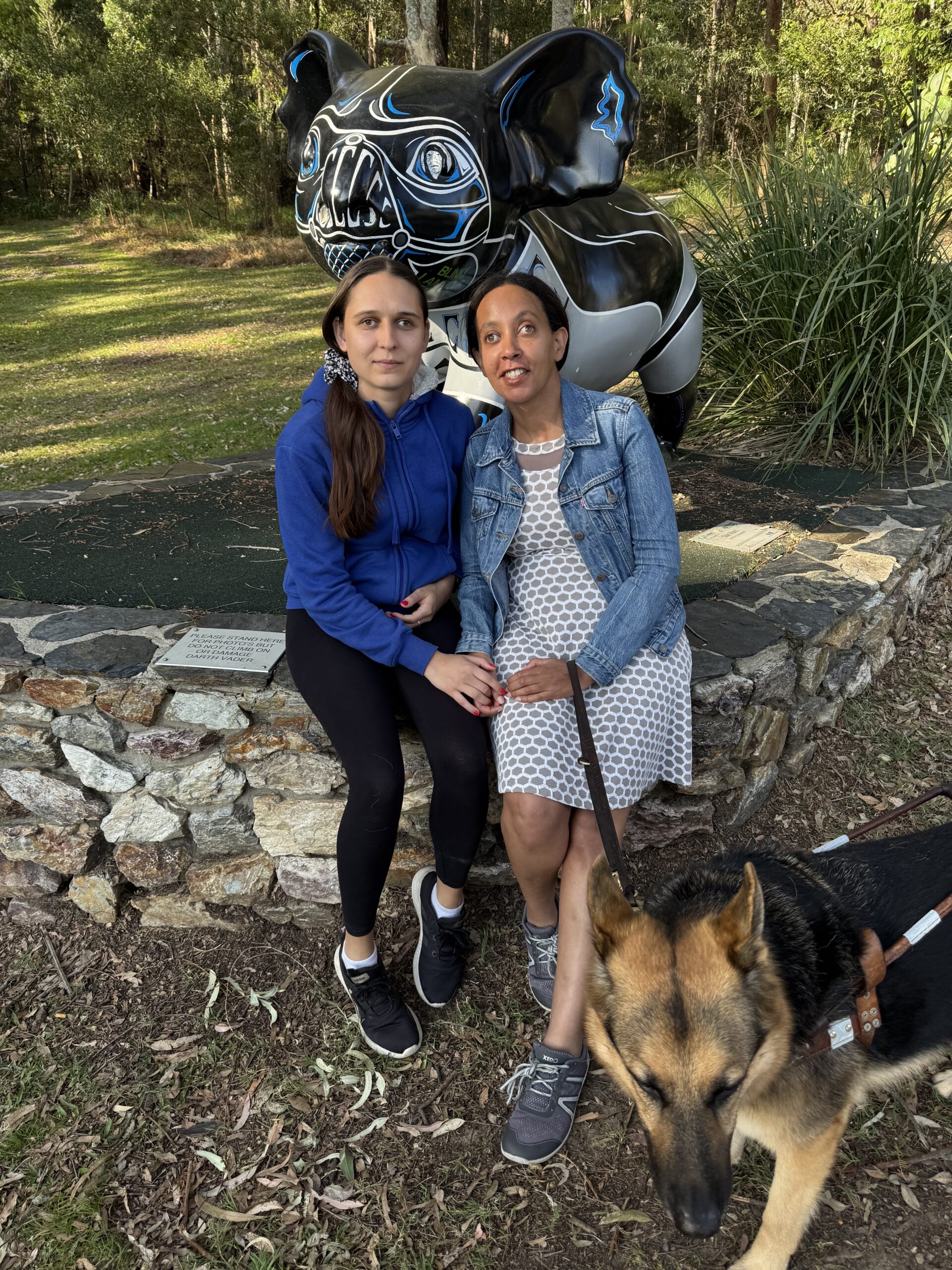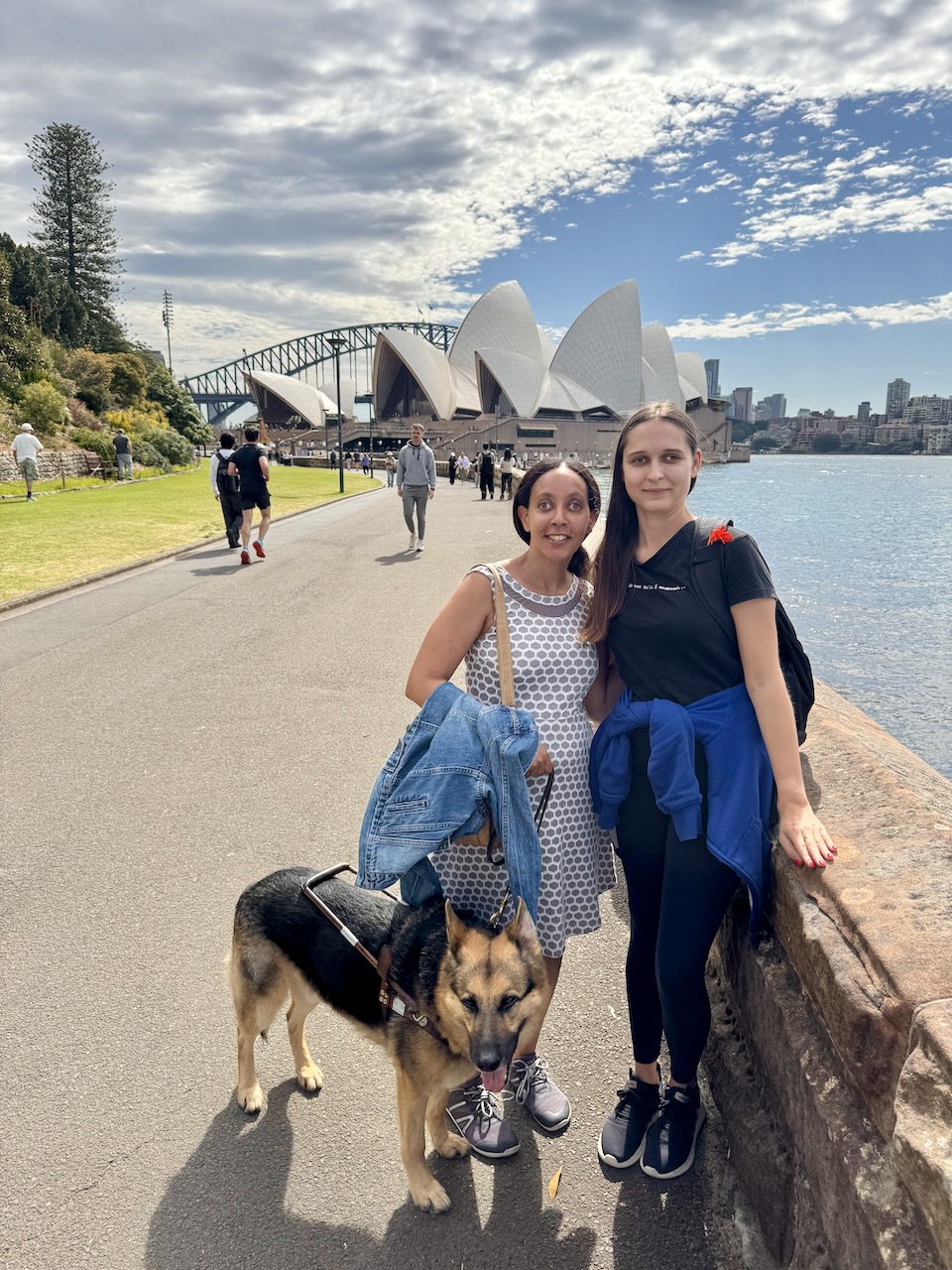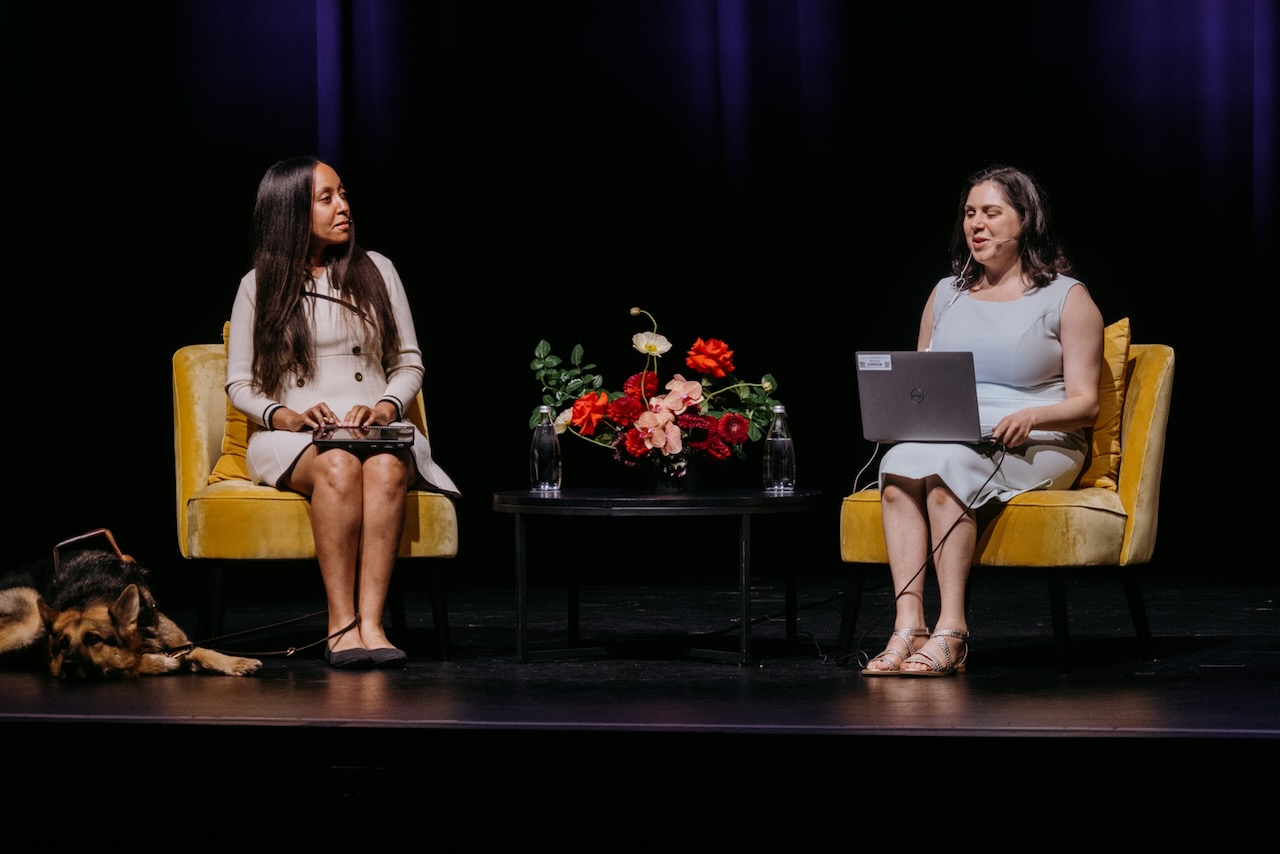When hiring for executive roles at disability organizations, isn’t it better to select the most qualified leader regardless of whether they have a disability?
Disability experience should be part of the qualification criteria for these jobs. These jobs involve representing the disabled community and speaking for the disability community. For example, the head of a blind organization should have a deep understanding of Braille, different screenreaders, cane travel, guide dogs, disability rights laws, alternative techniques commonly used, and the barriers facing blind people. Sighted people have the privilege of choosing how and when to engage with the blind community. By contrast, blind people live this every minute. When the clock strikes five, we’re still blind. When we go on vacation, we’re still blind and often encounter accessibility barriers that require us to keep advocating even while on vacation. So when disability organizations review job applications, the lived experience of disabled candidates deserves more weight.
Join the campaign to increase blind leadership: unitedblindleaders.org #UnitedBlindLeaders.
Join the campaign to increase Deafblind leadership: Deafblindleadershipnow.org #DeafBlindLeadershipNow.
Descriptive Transcript
Haben Girma and Jane Britt are sitting on a balcony overlooking a beautiful Eucalyptus tree. Haben has a Braille computer on her lap, and Jane has a colorful cane with a marshmallow tip by her chair. Haben speaks with an American accent and Jane speaks with an Australian accent.
Haben: Haben speaking. I’m here with Jane Britt, an Australian disability rights advocate. And we have an issue here that matters to people all over the world. And that’s disability leadership. What do you want people to know about disability leadership?
Jane: What I think is really important for people to know, and it doesn’t matter where you are in the world, is that there are so many people that are blind or visually impaired or indeed have any disability who have the experience, the expertise, as well as the lived experience they can bring uniquely to the role of disability leadership. And it doesn’t matter whether someone is trying to be a chief executive officer or be a non-executive director sitting on a board somewhere.
Haben: So for a lot of people, it’s a job. But when you have the lived experience, it’s something you’re thinking about all the time. When it’s 5 PM, you’re still blind. When you’re on vacation, you’re still blind. So you’re very invested in accessibility. We are having the same situation in the United States: a disability organization called Helen Keller National Center is Deafblind-centered. It’s a training center for Deafblind people, but they’ve never had a Deafblind executive director. And that’s really frustrating. So disabled people and allies are campaigning in the US for our Helen Keller National Center to have a Deafblind executive director. It’s called Deafblind Leadership Now. Is there a hashtag for the campaign to have blind leadership in Australia?
Jane: Yes, it’s United Blind Leaders and we do have a website where we are currently updating it, and be on the line for the campaign. We are aiming to increase the pool of leadership across the country in a number of manners, including, through a podcast series as well as through different leadership initiatives. So I think watch that space, there’ll be a lot more forthcoming. The one thing I would say too is that I think leadership is also important for disability, that you can’t believe what you don’t see in front of you. If you’re not seeing someone else who’s a leader for a young child to aspire to be anything they want to be. If you’re not seeing someone in front of you that maybe has the same disability or something similar, it’s very hard to see yourself in that role.
Haben: And I appreciate how social media helps us find other disabled people to learn from. I remember researching Deafblind leaders, and it’s one of the ways I found you Jane, through social media posts, people sharing online. So I hope more disabled people do that.
Jane: I hope so too. I certainly have found a really close and supportive community through there, and a lot of people with disability that I have never encountered before. I think as we spoke about earlier today , that I grew up in a country town where I didn’t really see people with disabilities. So now having this ready access at our fingertips, through social media and a global reach as well, is fantastic.
Haben: I hope more people will go to the website. Raise your voice. Write statements, make videos, and support disability leadership in Australia and the United States and everywhere around the world.




